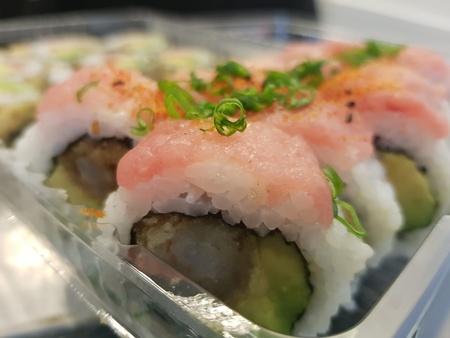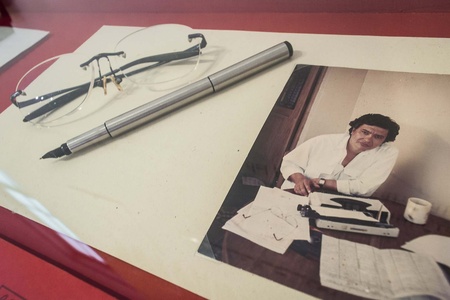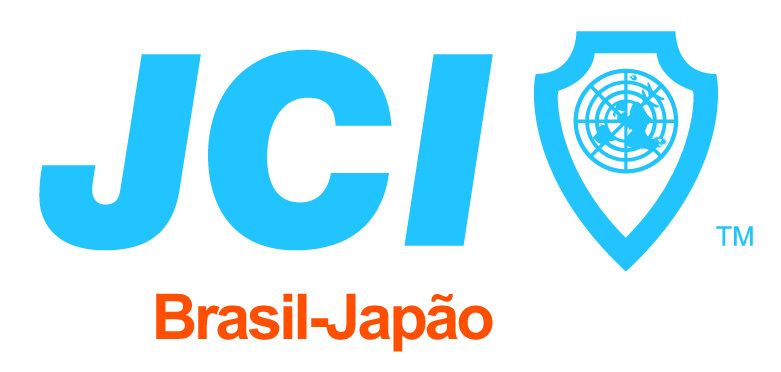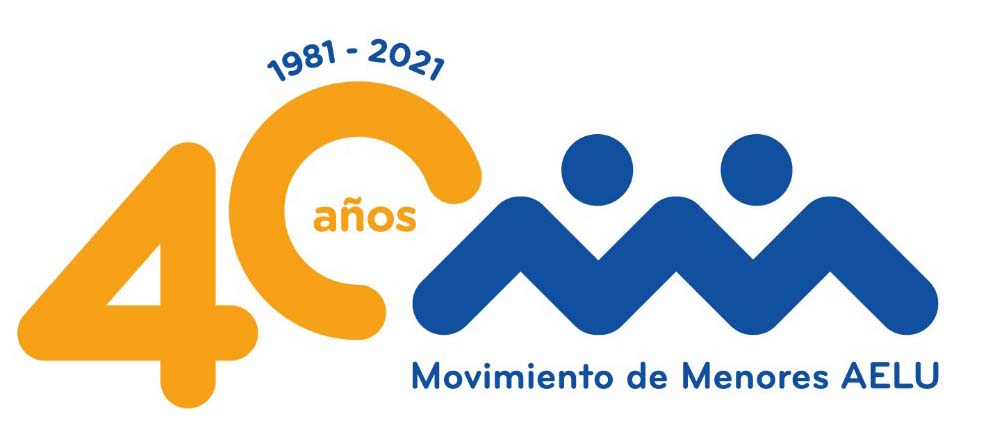How has Japanese immigration influenced Peruvian society? The hypothesis of this research is that Japanese immigration to Peru has had a sociocultural influence through contributions, customs and habits that remain in our daily lives to this day.
1. SOCIAL CONSEQUENCES OF JAPANESE IMMIGRATION
Discrimination against Japanese descendants
Discrimination against Japanese descendants has occurred since the time of Japanese Immigration to Peru until the present. As the Japanese community grew, Peruvians began to see the Japanese as a threat. A feeling of unrest began that led them to create rumors in the cities about the dangers of the Japanese. 1
The Nissei , second-generation Japanese immigrants, were the most discriminated against. This is seen, for example, when discussing marriage outside the Nikkei community. Many times this situation would mean the end of family relationships. 2
However, discrimination against Japanese immigrants did not only occur in society and the family, but also in the workplace.
“When I was born, my father registered me at the Japanese Embassy because we were all going to return to Nihon; But since President Benavides gave a law ordering that businesses have 80% Peruvian workers, my father got scared and only then did he judicially register me in the Civil Registry; I was afraid that they would discriminate against us and in the future we would not find work.” 3
Integration into Peruvian society
Although Japanese descendants were discriminated against, they managed to integrate into Peruvian society. Between 1950 and 1970, Japanese descendants began to stand out individually, thus building their own identity. Japanese surnames began to appear in the written press due to their participation in sports, artistic and intellectual production. 4 Tilsa Tsuchiya in the plastic arts and José Watanabe in poetry are some of the most outstanding cases.
After the Second World War, the Japanese began to accept their stay in Peru and to consolidate themselves economically with the help of their children in family businesses and in small baking, textile and poultry farming companies. In the aspect of community organization, some associations were reopened and created to carry out sports, social and cultural activities. The Peruvian Japanese Cultural Center, which is part of the Peruvian Japanese Association, represents all Nikkei institutions. 5
However, in 1990, after Alberto Fujimori's candidacy for the presidency of Peru, doubts regarding identity reappeared. Stereotypes were recreated and there was discrimination and exclusion, even xenophobia towards the Japanese in Peru. 6 However, with the results of the elections, it was evident that the popular vote of his country elected him because they really felt that Japanese descendants were part of the country. This event would revitalize the Nikkei identity and pride in their culture. 7
Although Japanese descendants began to integrate into Peruvian society, they continued with certain Japanese traditions.
“In my house the whole tradition was maintained, from going to the yutá to tell fortunes to the prejudices they have with certain things. I felt that my situation was very nice, I went to my friends' houses and they had totally different customs.” 8
2. CULTURAL CONSEQUENCES OF JAPANESE IMMIGRATION
Japanese communities
The Nikkei community in Peru has approximately 50 thousand people and is one of the largest in the world. 9 In Lima the language is taught and there are Japanese song festivals. In addition, many Japanese descendants name their children with typical names to preserve tradition. Despite this, many intellectuals of Japanese descent prefer to adopt a Peruvian identity. 10
In Peru, in addition to the Nikkei community, there is that of Okinawa. 70% of Japanese descendants in Peru have Okinawan roots. At the beginning of immigration, absolutely all their traditions, rituals and customs were practiced and transmitted through generations. The Okinawan community is the Japanese group that most faithfully preserves its cultural roots. This is influenced by Japanese and Chinese cultures since it shares symbolism and Santeria with the Buddhist and Shinto worldview, as well as with Confucianism. eleven
Gastronomy
Nikkei gastronomy emerged from the attempt of Japanese immigrants to reproduce their foods using Peruvian elements. Currently, a proposal has been created that balances the flavors of Japanese and Peruvian cuisine, achieving balanced and appetizing flavors for both a Peruvian and a Japanese. 12 From the time of immigration, the immigrants remembered the food of their country and soon small Japanese food places began to be created in the port areas made with Peruvian ingredients, which, after all, was what the Japanese had. by hand. 13
“Although before Nikkei dishes were mainly identified with an offering based on fish and seafood, today it offers a much broader repertoire. Nikkei cuisine is not only sushi, sashimi or tiraditos, there are many dishes that can be made based on Japanese and Peruvian cuisine.” 14
Japanese food is considered a social practice to strengthen family ties through respect for nature. Japanese gastronomy has received numerous international recognitions, and the city of Tokyo is known as the gastronomic capital of the world. fifteen

Traditions
Japan comes to us through literature or television series and seems so mysterious and distant that sometimes it is difficult to imagine. However, that Japan of samurai and geishas has over time begun to seem less distant, since the traditions have not disappeared. 16
In 1989 a study was done to understand the cultural persistence of ancient Japanese practices taking into account religion, food, music and language. On the religious side, 92% declared themselves Catholic, despite the fact that Buddhist-Shinto rituals were still practiced in a third of the homes. In the gastronomic aspect, 70% prepared Japanese food; Although 40% only consumed it once a week, 57% did not know how to use chopsticks. Japanese music was listened to in only 14% of households of Japanese origin. In 51% of the households, some member spoke the language even though the common language was Spanish. In conclusion, despite the persistence of Japanese culture, the mixture with other cultures was inevitable and evident. 17
In the Peruvian Nikkei culture, Western music with Japanese influence and Peruvian and Latin American popular music are very popular. However, there is greater access to modern Japanese music due to the ease of communications. In karaoke, one of the products of the revitalization of Japanese music, an attempt is made to recover the language. 18
“The Nikkei of each country and of all countries, in general, share a history and culture with varied roots not originating in a single and unchanging Japan. The origins, circumstances and moments of departure have been multiple, as have the cultural variants, in language and dialects, foods, religious practices, etc. of the Japanese migrants themselves and of the Nikkei in general. Personal, family and group stories – or memories thereof – have generally remained frozen at the time of emigration.” 19
Daily life
Education for Japanese descendants was always considered the main tool for progress. Most children of immigrants born before World War II only obtained a basic education as many Japanese schools were closed during the war. Lacking education, the Nissei learned trades related to watchmaking and photography while the women learned cutting and sewing. During the postwar period, Japanese descendants began to be educated in national schools and professionals of Japanese origin appeared. Since 1980, there is no differentiation between Japanese and Peruvian occupational preferences. twenty
When Japanese immigrants began to extend their stay in Peru, there was greater concern about education. The children were educated in the Japanese language and with official programs from their country. The first school was founded in 1908, at the Hacienda de Santa Bárbara del Valle de Cañete. Then, in 1920, Lima Nikko began to operate, enrolling 1,800 students. 21 Currently, the Peruvian-Japanese CEP “La Victoria” continues the Peruvian-Japanese interculturalization so that students identify with their Nikkei reality. 22
The majority of Japanese descendants are educated in schools where the official religion of Peru is taught. However, during their growth they have had both the influence of Japanese and Peruvian religion. As miscegenation occurs, Japanese rituals are lost. There is also a small group of Nikkei Protestants in Lima who meet in the Peruvian Japanese Evangelical Church of Magdalena del Mar. The New Religions, of Buddhist or Shintoist influence, carry out a fairly intense religious practice but followers are only found in the sectors low and medium levels of Peru. 23
Grades:
1. Shona Aoyama, (2011) “ Chapter III: Introduction to the Nikkei in Peru .” Retrieved on August 25, 2012.
2. Shona Aoyama, (2011): Web.
3. Doris Moromisato Misato. Op. cit. p. 252.
4. Amelia Morimoto. (1999). The Japanese and their descendants in Peru . Lima: Editorial Fund of the Congress of Peru. Pp.175-181.
5. José Watanabe et al. (1999). The memory of the eye: one hundred years of Japanese presence in Peru . Lima: Congress of the Republic of Peru. pp. 115-116.
6. Ibid.
7. Mary Fukumoto, (1997). Towards a new sun. Japanese and their descendants in Peru . Lima: Peruvian Japanese Association of Peru. p. 564.
8. Moromisato Misato, (1999): p. 266.
9. Peruvian-Japanese Association (1998-2008). Nikkei Community in Peru . Retrieved on June 3, 2012.
10. Fukumoto (1997): pp. 558-560.
11. Doris Moromisato (2007). “ The Okinawan nation in Peru ” in Being Nikkei in Peru: A brand of identity. Retrieved on July 10, 2012.
12. Kaikan Flavors (2010). “Mitsuharu Tsumura: Japanese tradition with a Peruvian heart”, Kaikan Magazine . Lime. October 2010, Year XV, No. 67. p. 25.
13. “ Nikkei, from stock index to Peruvian gastronomic trend ”, El Comercio (2011) . Retrieved on July 10, 2012.
14. Jhohana Pujay Huete, (2010). “Nikkei Seduction”, Kaikan Magazine . Lime. October 2010, Year XV, No. 67. p. 14.
15. “ Japanese gastronomy seeks to become Cultural Heritage of Humanity ”, El Comercio (2012). Retrieved on July 10, 2012.
16. “Japanese Culture Festival,” Kaikan Magazine . Lime. November 2011, Year XVI, N°61. pp. 4-5.
17. Morimoto, (1999): pp. 168-173.
18. Fukumoto, (1997): pp. 470-474.
19. Moromisato, (2009): Web.
20. Morimoto, (1999): pp. 163-164.
21. Watanabe, (1999): pp. 165-166.
22. Peru Kumamoto Kenjinkai, (2003): pp. 205-206.
23. Fukumoto, (1997): pp. 504-505.
BIBLIOGRAPHY
“ Nikkei, from stock market index to Peruvian gastronomic trend .” Trade . 2011. Retrieved on July 10, 2012.
“ Japanese gastronomy seeks to become a World Cultural Heritage .” Trade . 2012. Retrieved on July 10, 2012.
Aoyama, Shana. (2011). “ Chapter III: Introduction to the Nikkei in Peru .” Retrieved on August 25, 2012.
PERUVIAN JAPANESE ASSOCIATION (1998-2008). Nikkei Community in Peru. Retrieved on June 3, 2012 from http://www.apj.org.pe/comunidad-nikkei-peru/resena
FUKUMOTO, Mary. (1997). Towards a new sun. Japanese and their descendants in Peru . Lima: Peruvian Japanese Association of Peru.
KAIKAN FLAVORS. (2010). “Mitsuharu Tsumura: Japanese tradition with a Peruvian heart.” Kaikan Magazine . Lime. October 2010, Year XV, No. 67. p. 25.
KAIKAN. (2011). “Japanese Culture Festival.” Kaikan Magazine . Lime. November 2011, Year XVI, N°61. pp. 4-5.
MORIMOTO, Amelia. (1999). The Japanese and their descendants in Peru. Lima: Editorial Fund of the Congress of Peru.
MOROMISATO, Doris (2007). Being Nikkei in Peru: A mark of identity. “ Nikkei Women: Guardians of the Peruvian-Japanese Community .” Retrieved on July 10, 2012.
MOROMISATO, Doris (2007). Being Nikkei in Peru: A mark of identity. “ The Okinawan nation in Peru. ” Retrieved on July 10, 2012.
MOROMISATO MIASATO, Doris. (1999). Okinawa Shi Kyoyukai of Peru: life testimonies and tribute to the twentieth anniversary of institutional life (1979-1999) . Lima: Okinawa Shi Kyoyukai of Peru.
PERU KUMAMOTO KENJINKAI (2003): pp. 205-206.
PUJAY HUETE, Jhohana. (2010). “Nikkei Seduction.” Kaikan Magazine . Lime. October 2010, Year XV, No. 67. p. 14.
WATANABE, José et al. (1999). The memory of the eye: one hundred years of Japanese presence in Peru. Lima: Congress of the Republic of Peru
*This text is an adaptation of a monograph that the author produced when she was in high school, titled “The sociocultural impacts of Japanese immigration in Peru.”
© 2021 Ana Claudia Higashi Suárez










